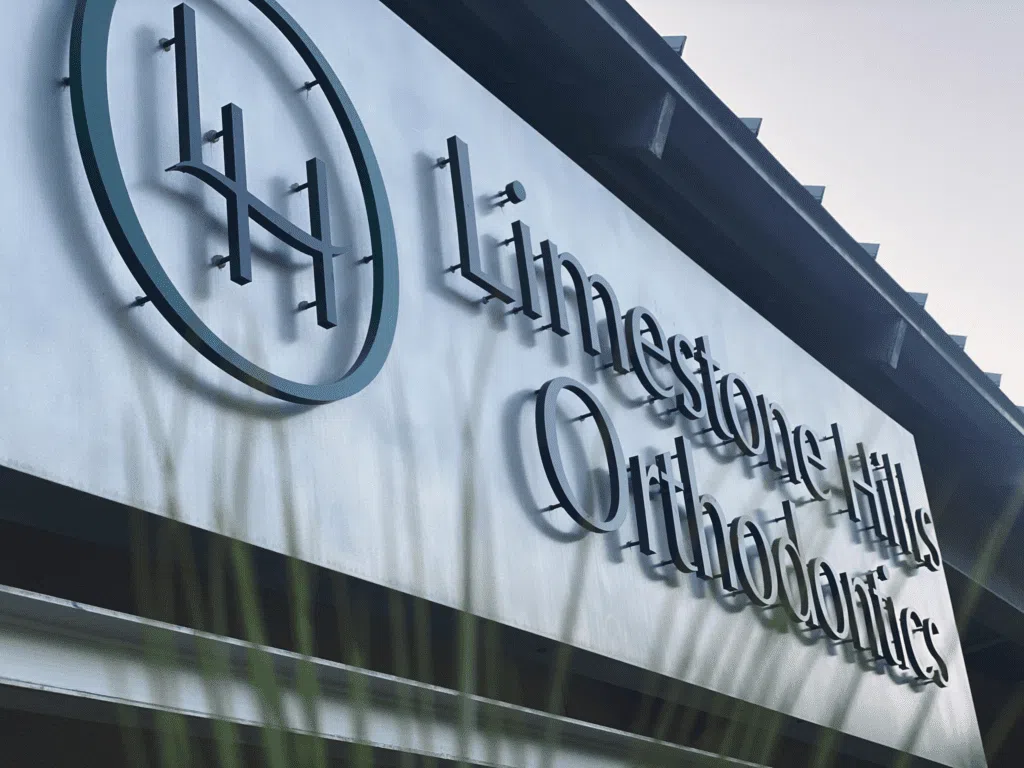Does insurance cover Invisalign in Austin, TX? Yes, many insurance plans may cover part of the cost of Invisalign if it’s medically necessary. The amount covered depends on your specific plan. Some plans pay a percentage of the total cost, while others have a fixed limit for orthodontic care. To know what’s included, call your insurance provider. You can also contact a local Invisalign orthodontist in Austin. They can explain your coverage and suggest payment options.

Types of Insurance Plans That May Cover Invisalign
Your insurance plan type determines how much it will cover for Invisalign. Here’s a quick look:
- PPO (Preferred Provider Organization): These plans offer flexibility. They often pay part of the costs if you use an in-network orthodontist in Austin.
- HMO (Health Maintenance Organization): HMO plans are more structured. They typically require a referral. You may need to visit a specific orthodontist to qualify for coverage.
- Indemnity Plans: These plans let you choose any orthodontist. However, coverage varies, and you must confirm what they pay for Invisalign.
- DHMO (Dental Health Maintenance Organization): DHMO plans have more limits. Invisalign may not be covered fully, and you must use certain orthodontists.
Check your insurance for specific orthodontic coverage. Always confirm that Invisalign is included before starting treatment.
Insurance Coverage Limits for Invisalign in Austin
Even if your insurance covers Invisalign, there may be restrictions. Common limitations include:
- Lifetime Maximum: Many plans have a cap on the total they will pay for orthodontic care. This is often between $1,000 and $3,000.
- Age Restrictions: Some plans only cover Invisalign for patients under the age of 18 or 19.
- Pre-Existing Conditions: If you had orthodontic care before your insurance started, coverage for current treatment may be denied.
- Waiting Periods: Some plans require a waiting period before covering orthodontic procedures. This could range from 6 months to 1 year.
Learn these rules early. It helps you plan ahead and understand how much you may need to pay.
Common Insurance Providers in Austin and Invisalign Coverage
Several major insurance providers in Austin offer Invisalign coverage. Here are a few examples:
- Delta Dental: Many plans cover Invisalign, but benefits depend on employer-negotiated terms.
- UnitedHealthcare: Offers limited Invisalign coverage if you visit an in-network provider.
- Cigna: Many Cigna plans include orthodontic benefits, which may cover Invisalign. Still, details vary by plan.
- Humana: Covers both braces and Invisalign for adults and children under its orthodontic benefits in most plans.
Check if your employer-sponsored policy offers better coverage than individual insurance. These plans often provide expanded benefits for orthodontic care in Austin.
Local Insurance Considerations in Austin
Coverage for Invisalign in Austin can differ based on local factors:
- Texas Insurance Laws: Texas allows insurance companies to limit orthodontic benefits. This means coverage varies by provider.
- Provider Networks: Many orthodontists in Austin work with specific insurance networks to lower costs for patients.
- Regional Price Trends: Invisalign prices in Austin are competitive compared to larger cities in Texas. Local practices often offer insurance-friendly services.
- Austin-Specific Policies: Coverage across Austin can vary depending on differences in provider networks.
To get the best deal, find an orthodontist in Austin who knows local insurance policies well. They can guide you and help reduce out-of-pocket costs. If you’re outside the Austin area, options like Dr. Sebastian Paige, an experienced orthodontist in Kingwood, TX, can help guide you through advanced treatment options while navigating financial constraints effectively.
How to Understand Your Invisalign Insurance Policy
It’s important to understand your policy to maximize your insurance benefits. Here’s how:
- Look for key terms such as “orthodontic benefits” or “lifetime maximum.”
- Call your insurance company to check if Invisalign is included.
- Ask questions like:
- Does this plan cover Invisalign treatments?
- What is the total lifetime maximum for orthodontic benefits?
- Are there age restrictions?
Make sure your Austin orthodontist is on your insurance provider’s network. This can save you significant money on your bills.
How to File an Invisalign Insurance Claim in Austin
Filing an insurance claim for Invisalign is easier if you follow these steps:
- Get All Required Documents: Ask your orthodontist for an itemized treatment plan. Include the costs, codes, and a letter detailing why Invisalign is necessary.
- Submit Your Claim: Send the documents to your insurance company through mail or an online portal, if available.
- Track the Process: Claims often take weeks to approve. Follow up with your provider if needed.
- Appeal if Necessary: If the claim is denied, review the reason and work with your orthodontist to appeal the decision.
This process ensures smoother handling of claims and reduces delays.
Invisalign Costs in Austin, TX
In Austin, the price of Invisalign depends on how complex the treatment is. Most people pay between $3,500 and $6,500. If your insurance includes orthodontic benefits, it may cover 25% to 50% of the cost. Other cost factors to consider are:
- Deductibles: The amount you must pay before insurance kicks in.
- Co-Pays: Set fees required for each visit or treatment.
- Out-of-Pocket Costs: Anything left after insurance pays its share.
Orthodontists in Austin can help you prepare a cost breakdown using your insurance policy.
Additional Financing Options When Insurance Falls Short
If insurance only covers part of Invisalign, here are other ways to pay:
- Payment Plans: Many Austin orthodontists let you pay in monthly installments.
- CareCredit: Use third-party financing for orthodontic treatments.
- HSA/FSA Accounts: Pay for Invisalign with pre-tax funds from your Health Savings or Flexible Spending Account.
- Tax Deductions: Some dental and orthodontic expenses may qualify for tax deductions. Talk to your tax advisor.
These financing options make Invisalign more affordable for Austin families.

How to Maximize Your Insurance Benefits
Follow these steps to get the most out of your Invisalign coverage:
- Start Early in the Year: Use annual coverage limits to your advantage.
- Track Benefits: Don’t let unused benefits expire.
- Combine Plans: If you have dual coverage, ask about combining benefits.
- Negotiate Costs: Some orthodontists may offer discounts for fully insured patients.
Consultation Process with Austin Orthodontists
Before starting Invisalign, schedule a consultation in Austin. Bring your insurance details, a list of questions, and a plan for financing options. Orthodontists in Austin can help verify your coverage, file claims, and provide clear treatment and cost details.
About the Authors
Dr. Sebastian Paige – Orthodontist in Kingwood, TX
Dr. Rodrigo Viecilli – Orthodontist in Austin, TX
Frequently Asked Questions
How much is Invisalign with insurance in Texas?
With insurance, you could be looking at paying anywhere from $1,500 to $3,000 out of pocket. That’s a pretty sweet deal compared to the full price! Of course, the exact amount will depend on your specific insurance plan and how much coverage you have for orthodontic treatments. Some plans might cover up to 50% of the cost, while others might offer a fixed amount.
Does Insurance Cover Invisalign Completely?
When it comes to Invisalign coverage, it’s not a one-size-fits-all situation. While some insurance plans might fully cover Invisalign, it’s not super common. Most dental insurance plans treat Invisalign like traditional braces and may cover a portion of the cost, usually up to a lifetime maximum for orthodontic treatment. The amount covered can vary widely depending on your specific plan.
How to get Invisalign if you can’t afford it?
Start by checking if your dental insurance covers orthodontic treatment. Many plans do! If not, look into flexible spending accounts or health savings accounts to use pre-tax dollars. Some dentists offer payment plans or discounts for paying in full upfront. You could also explore third-party financing options like CareCredit. Don’t forget to shop around and compare prices from different providers.

